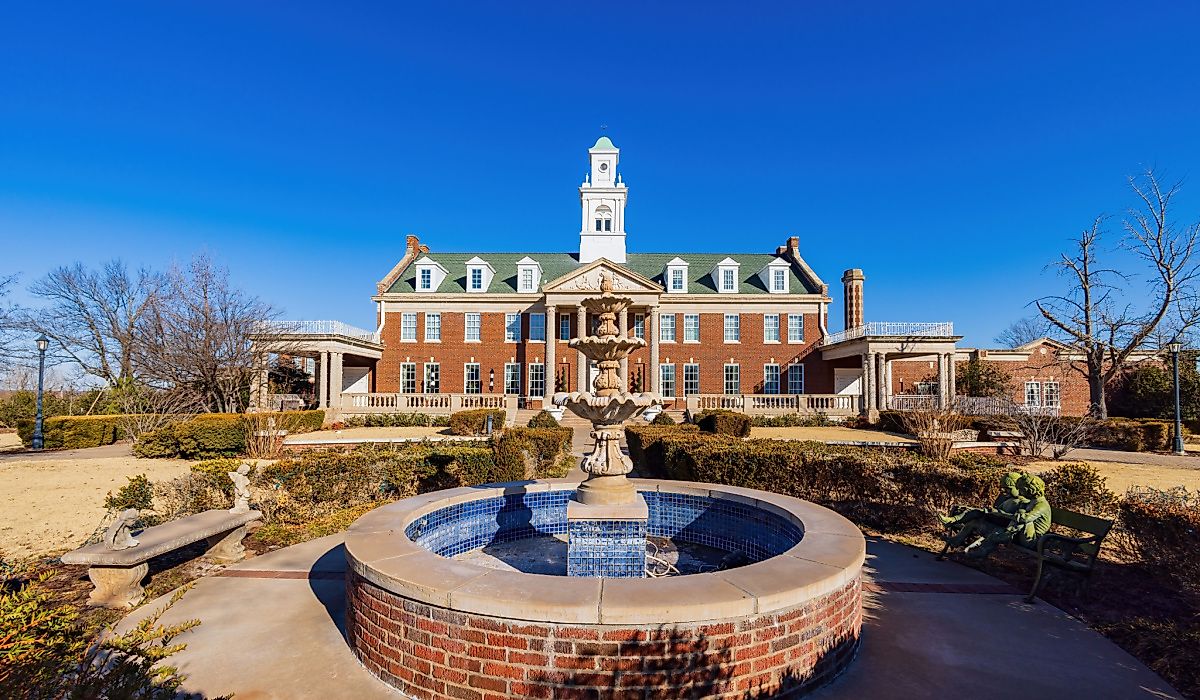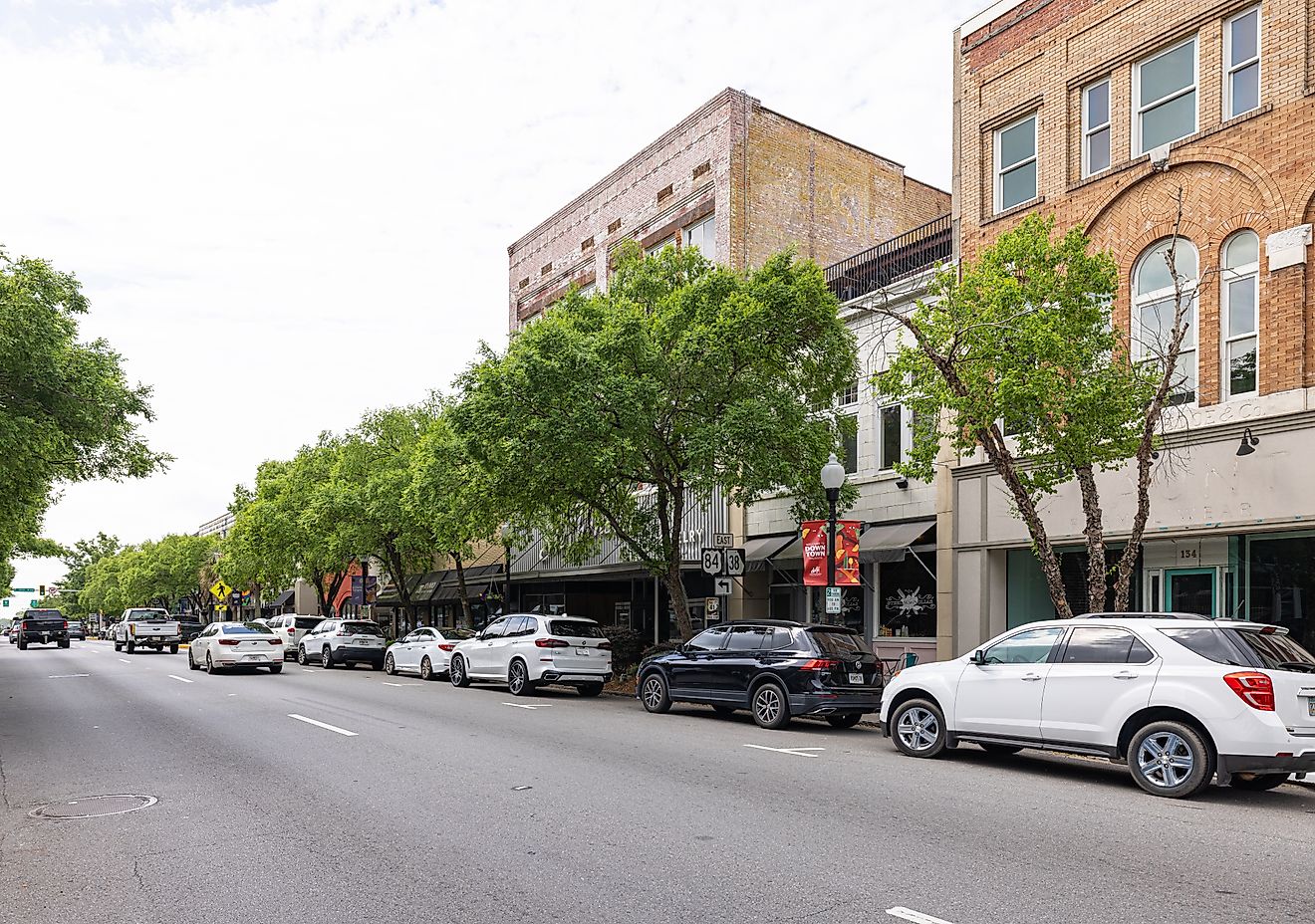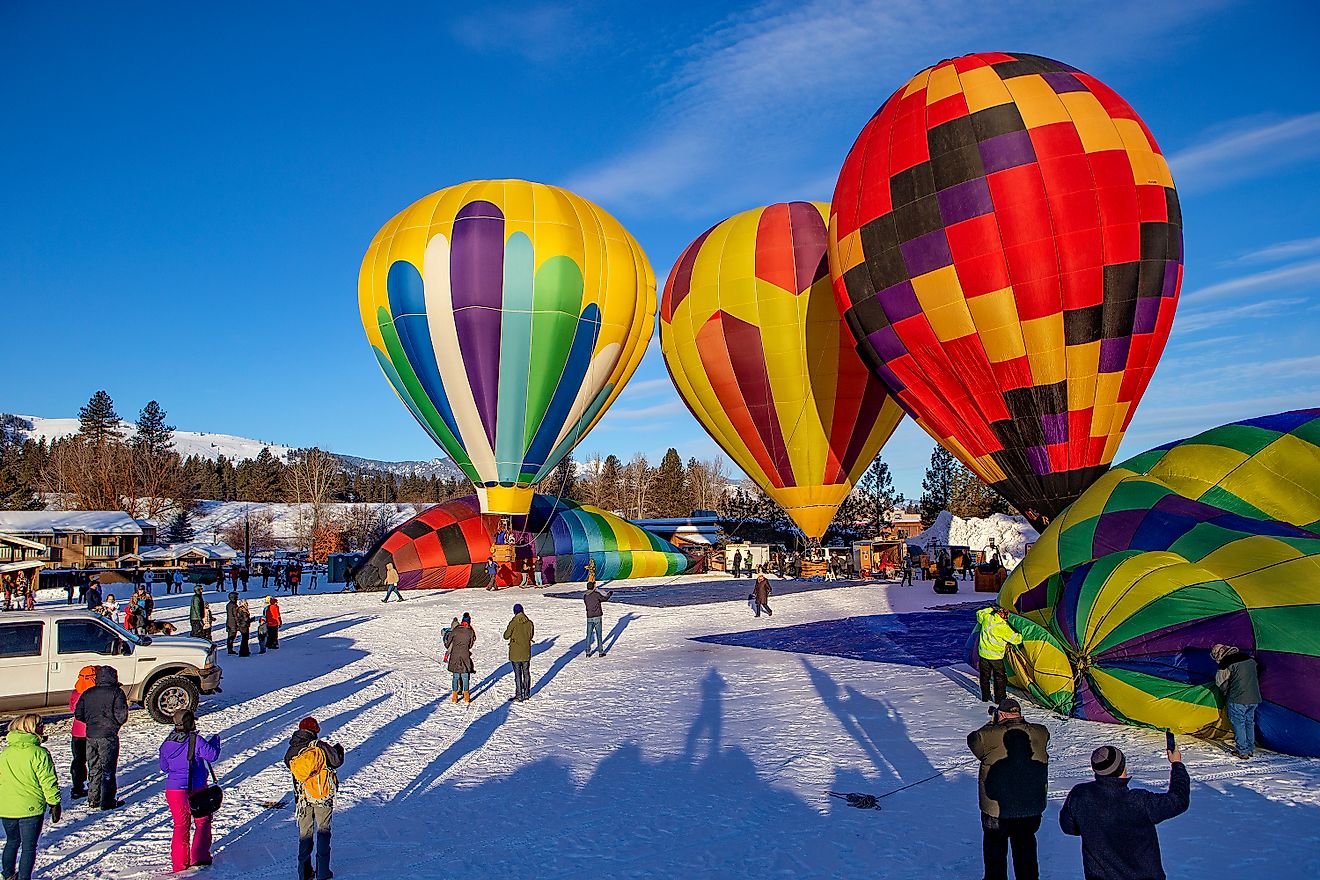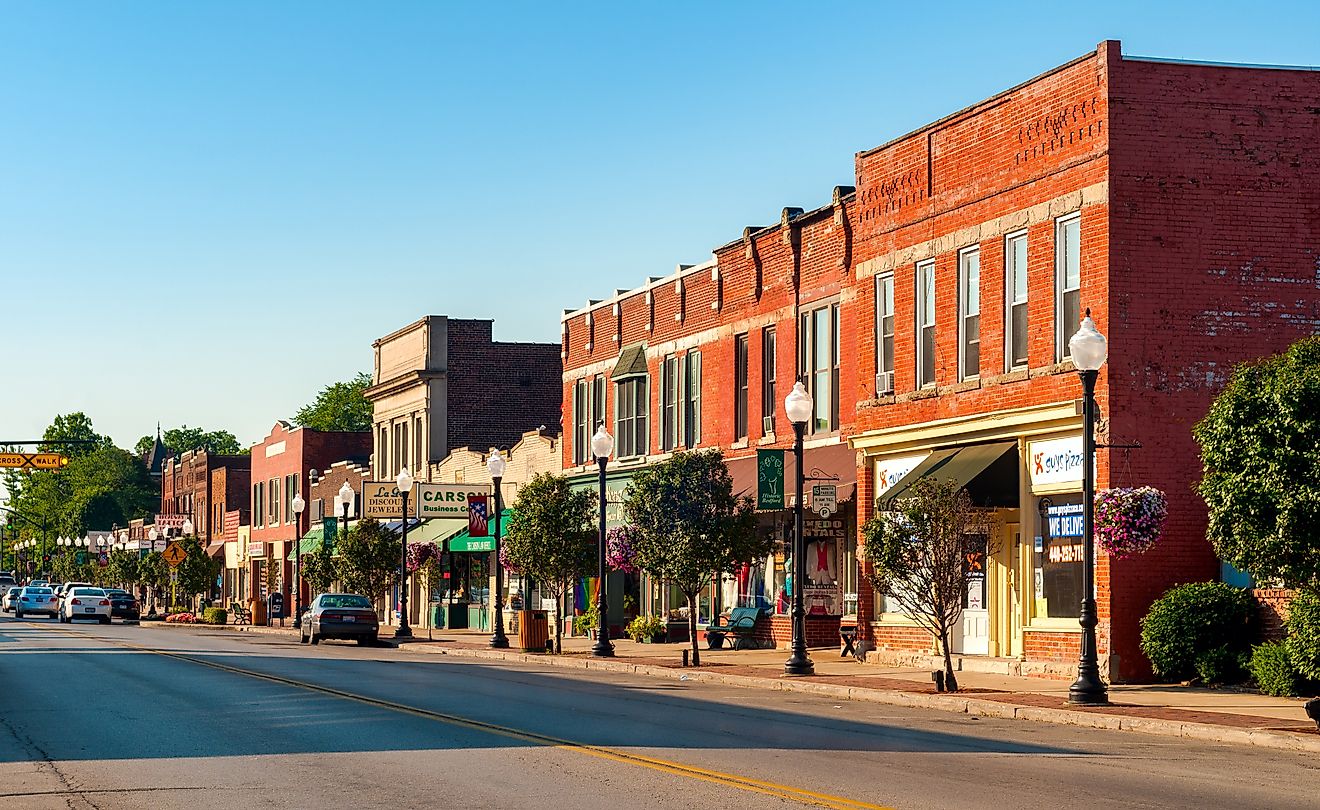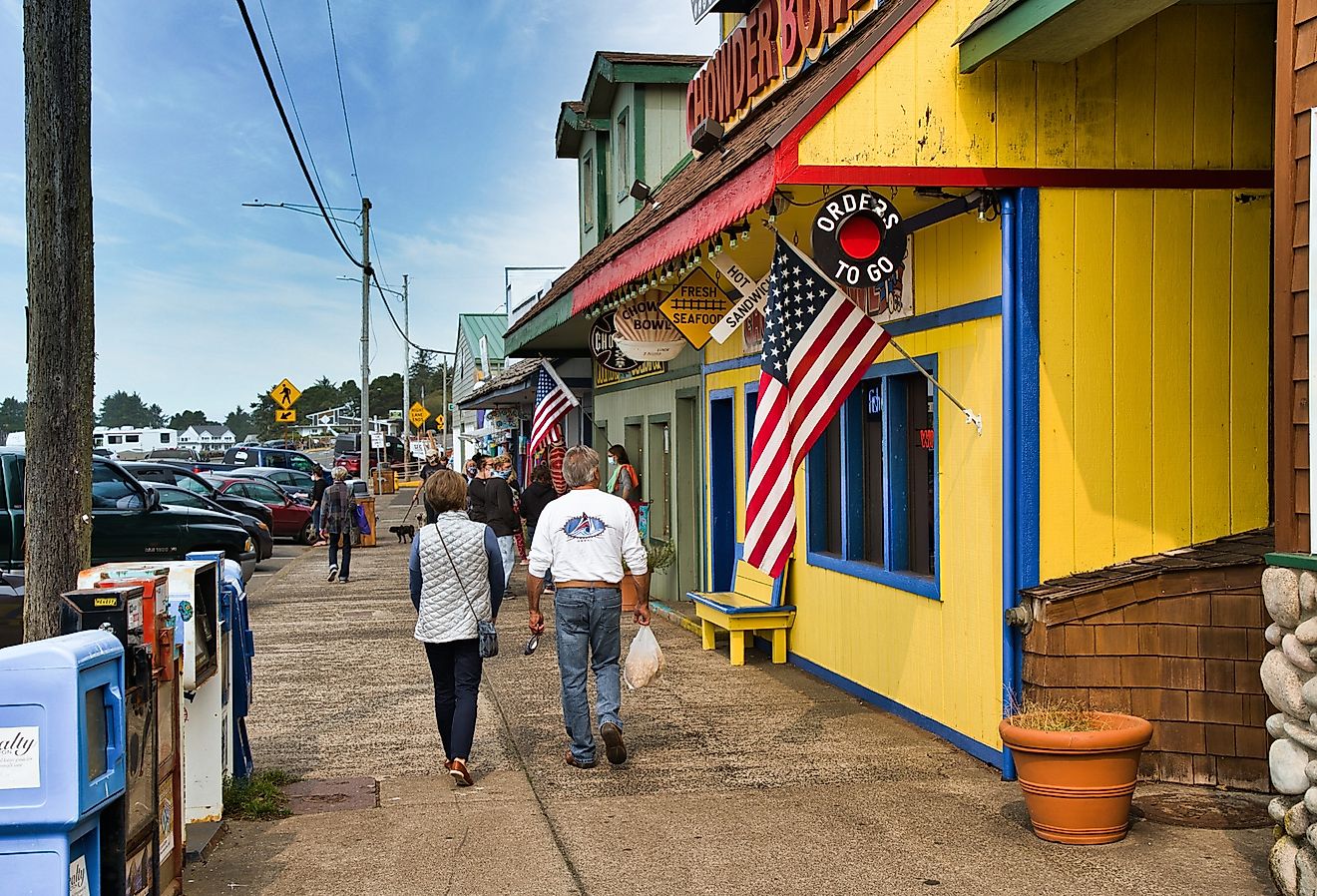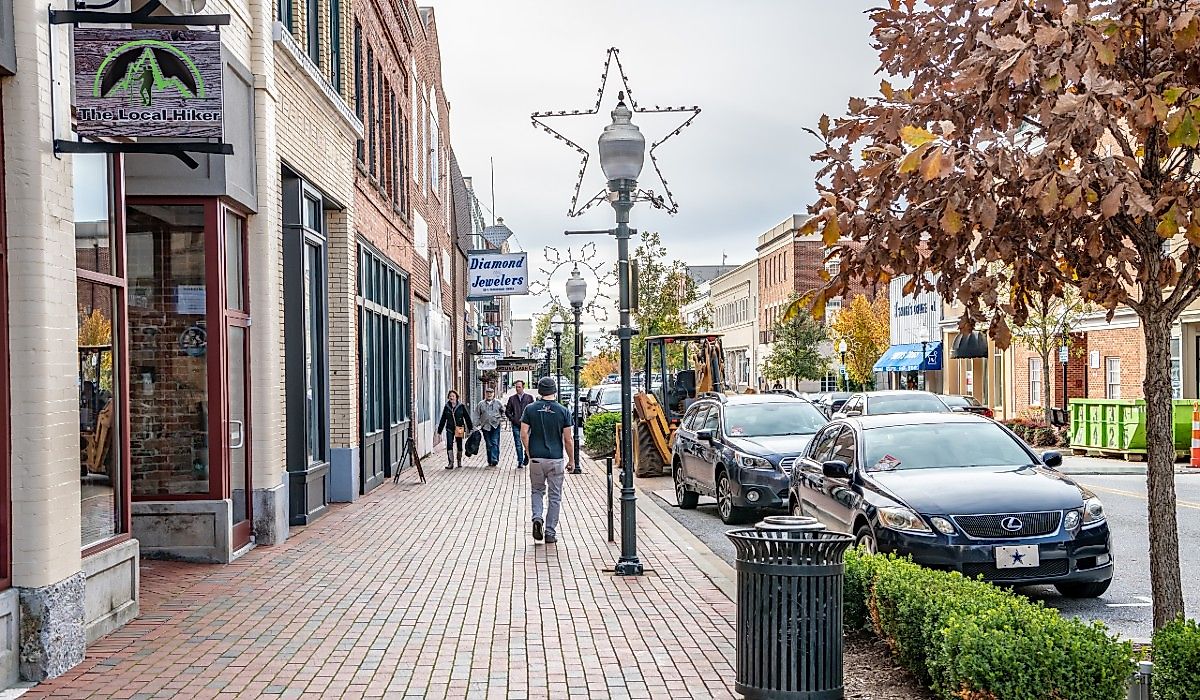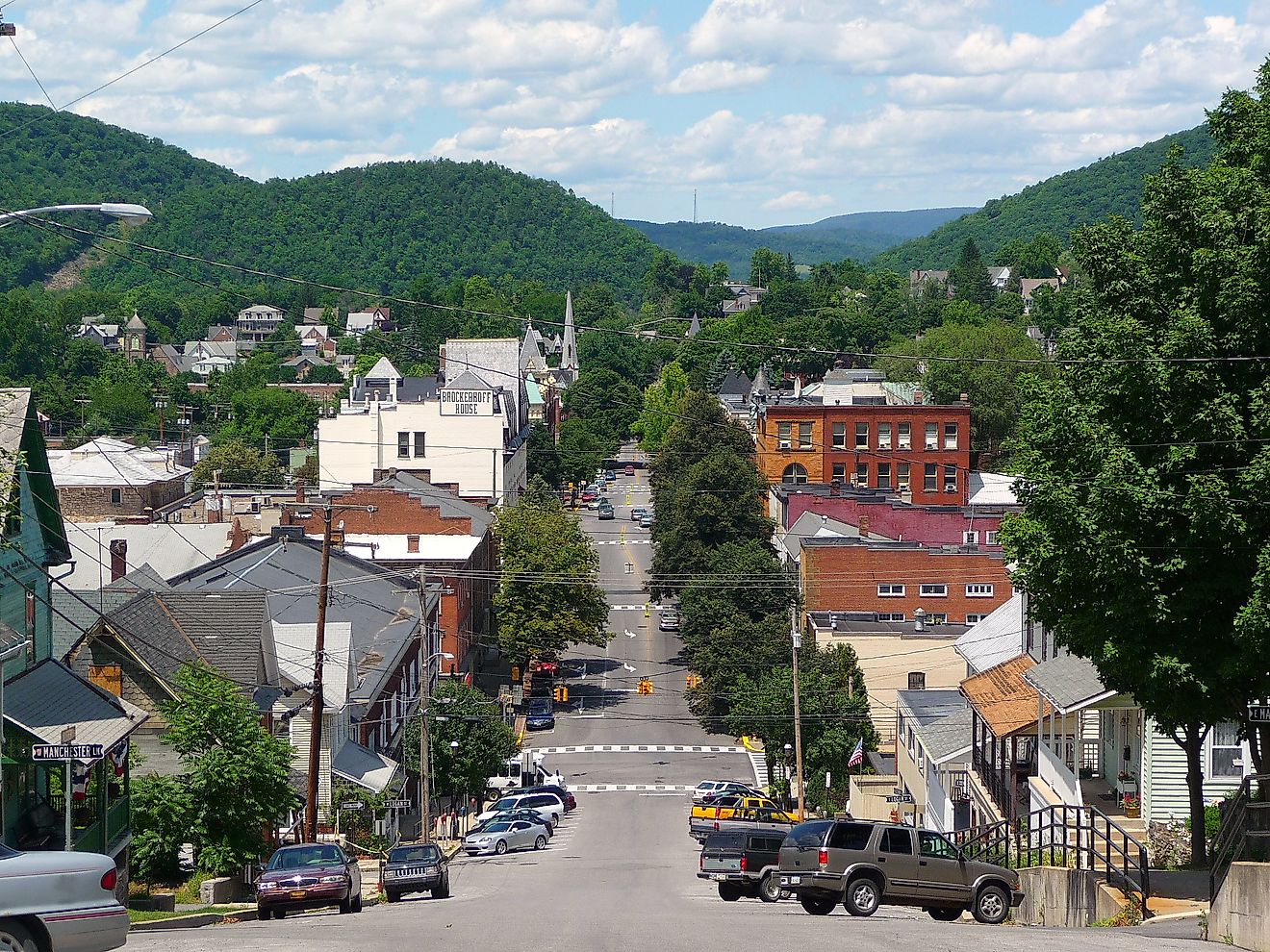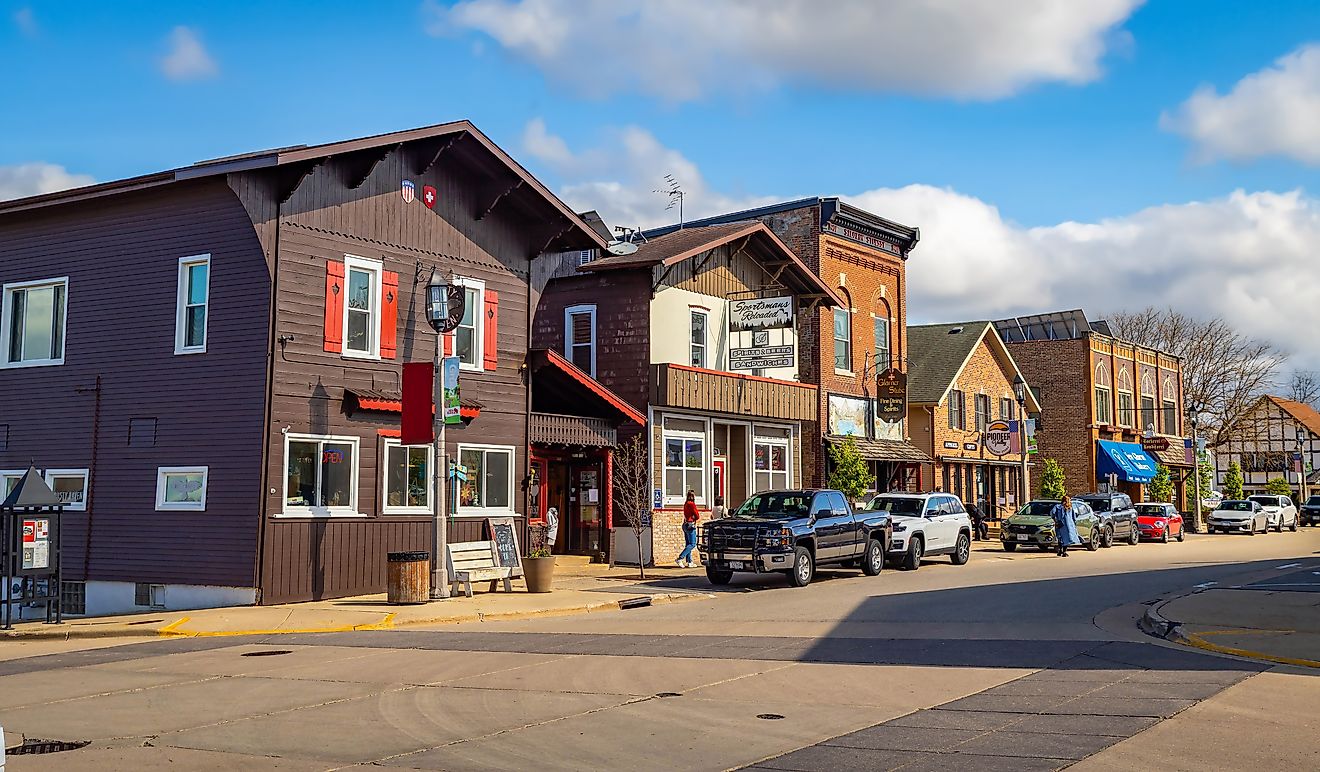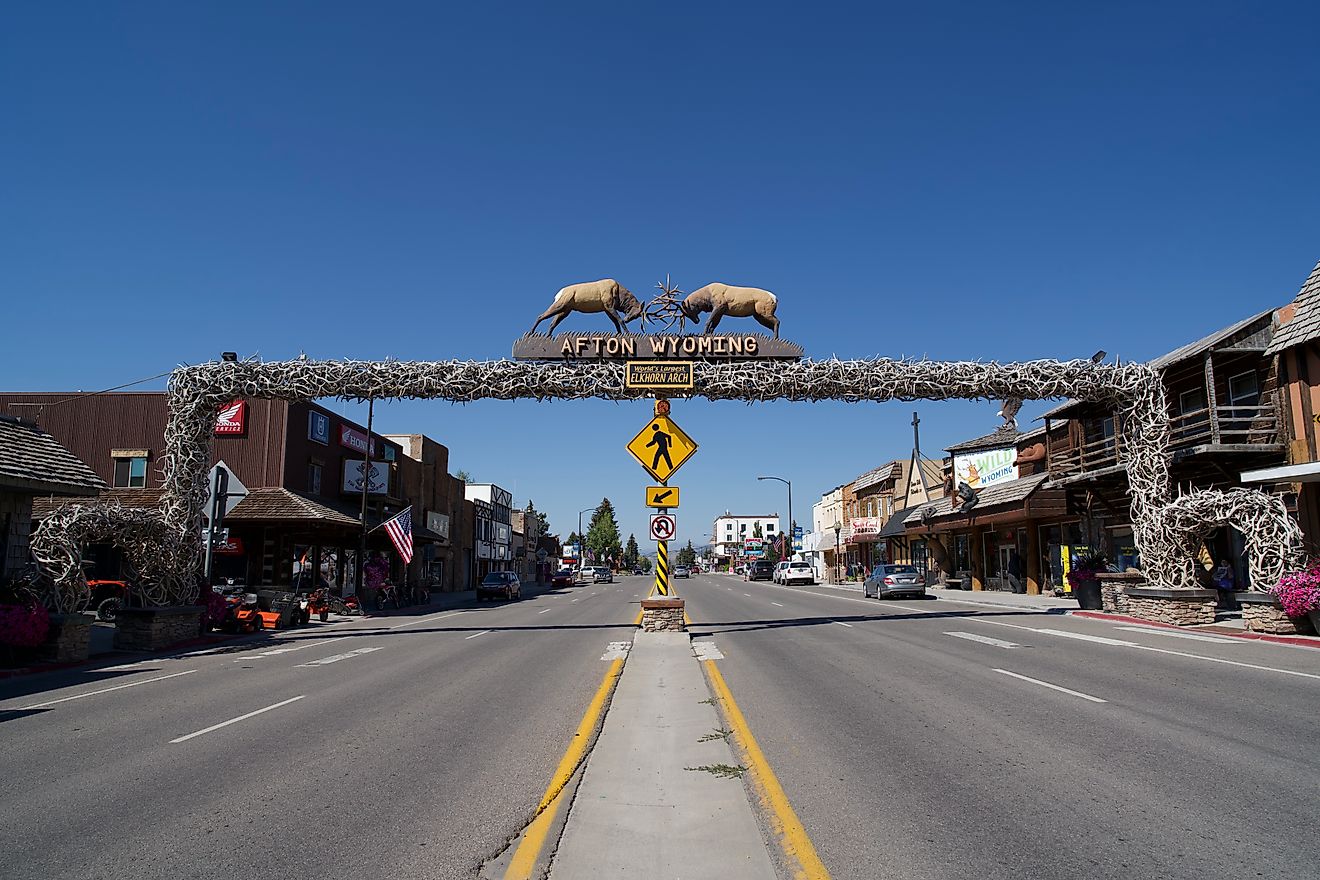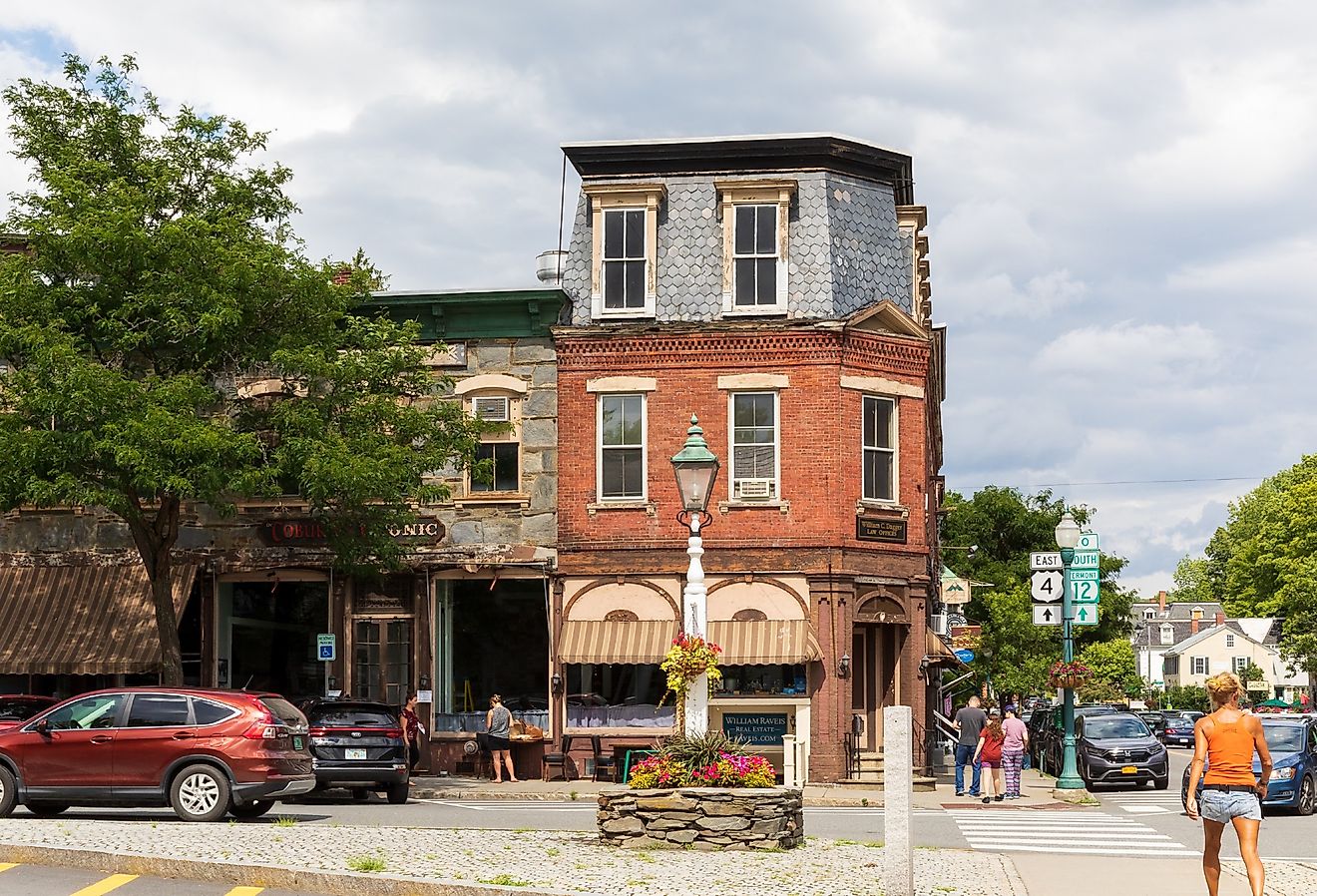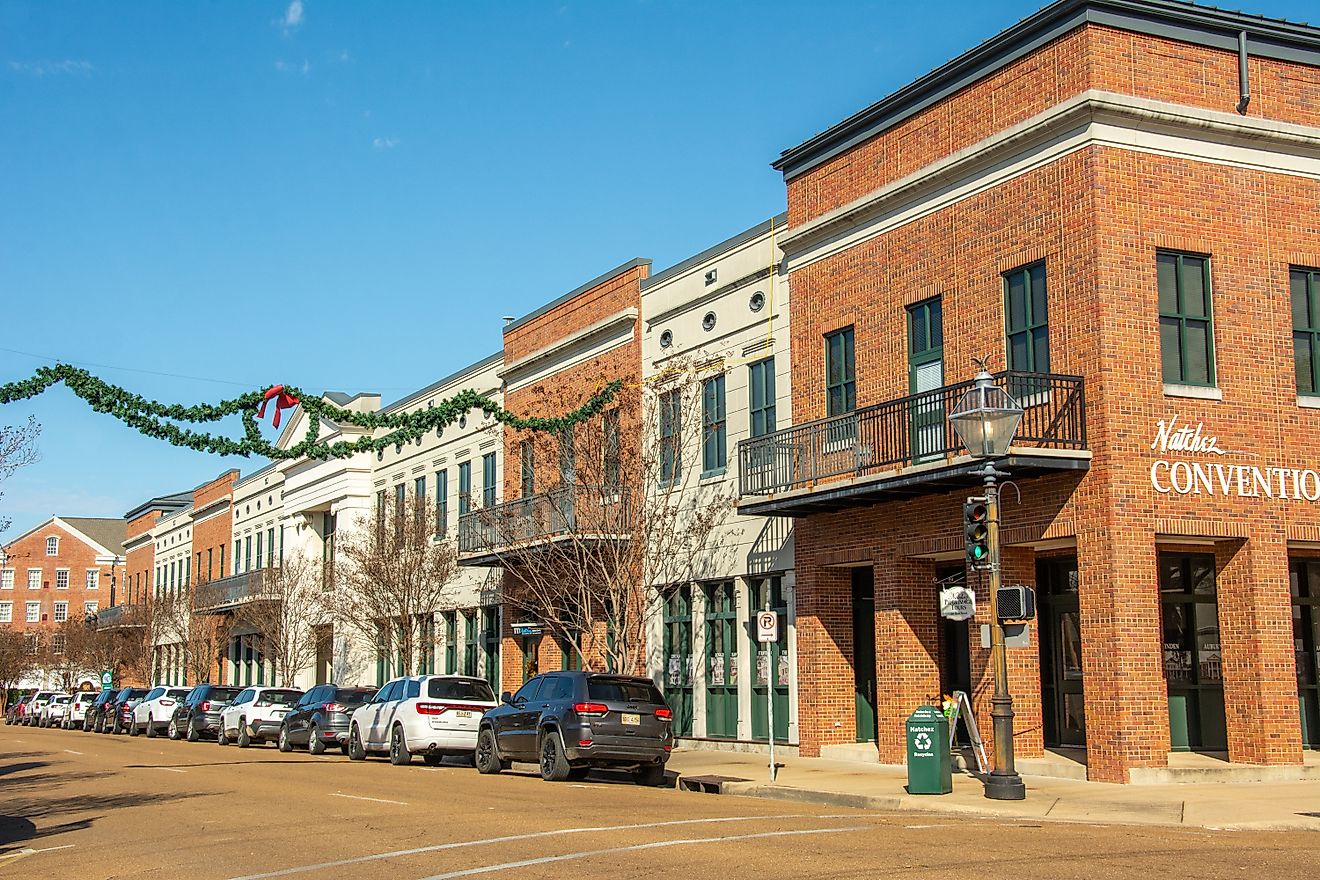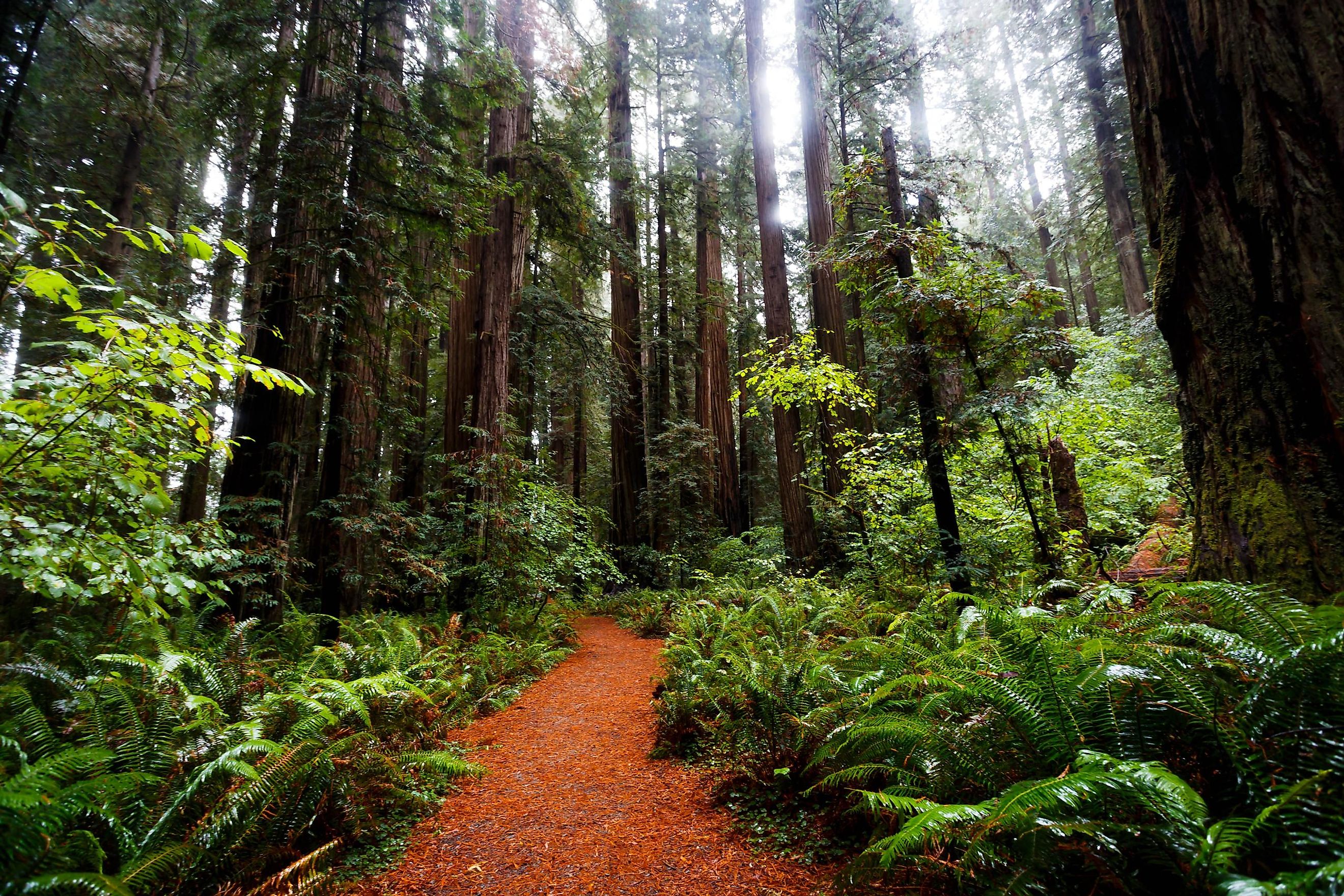
Redwood National And State Parks
National Parks are areas that are established by national governments for the conservation of beautiful landscapes and the diverse flora and fauna. There are currently 63 National Parks in the United States that are managed by the National Park Service. Among all the US States, California has the highest number of national parks, followed by Alaska, Utah, and Colorado.
Situated in the extreme northwestern corner of the US State of California is a complex of several state and national parks collectively known as the Redwood National and State Parks. Covering a combined area of 562.51 km2, the Redwood National and State Parks comprises of the Redwood National Park along with the Del Norte Coast Redwoods State Park, the Prairie Creek Redwoods State Park, and the Jedediah Smith Redwoods State Park. These four parks together protect about 45% of the remaining coast redwood old-growth forests.
Geography
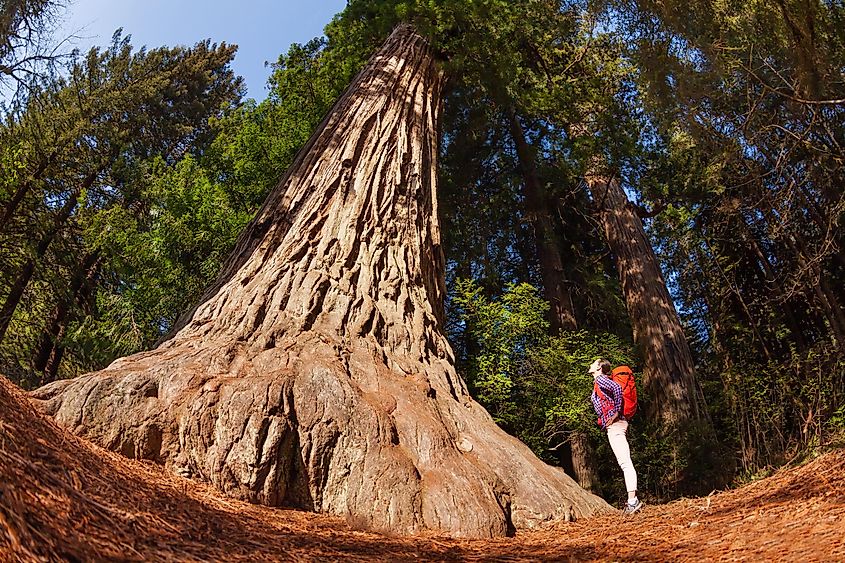
The Redwood National and State Parks extend along the northern coasts of the US State of California across the Del Norte and Humboldt counties. The Redwood National and State Parks protect the redwood forests along with prairie grasslands, rivers, streams, and 60 km of pristine Pacific coastline. This northern coastal area of California that the Redwood National and State Parks are a part of is one of the most seismically active areas of the United States. The Mendocino Triple Junction, which is considered the meeting point of the Gorda, Pacific, and North American tectonic plates, is located just 160 km southwest of the Redwood National and State Parks. Frequent small earthquakes in the Redwood National and State Parks and its surrounding areas have resulted in landslides, erosion of sea cliffs, and the shifting of water channels.
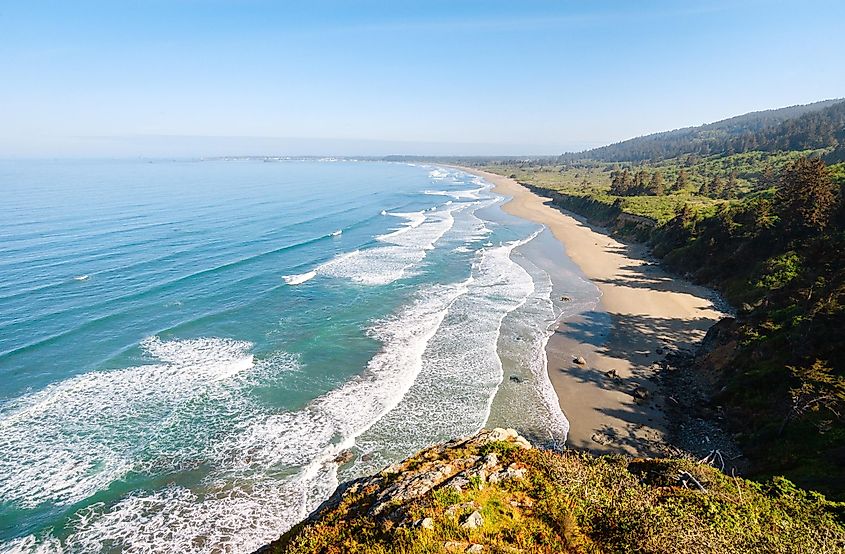
The Redwood National and State Parks experience an oceanic temperate rainforest climate, which is highly influenced by the Pacific Ocean. The coastal temperatures usually range between 4 to 15 °C throughout the year, whereas the interior areas face warm and dry summers and cold winters. The redwoods grow closer to the coastlines, within 1.5 to 3 km from the coast. The presence of consistent fog during the summer months helps to protect the trees from direct sunlight during the drier periods.
Wildlife
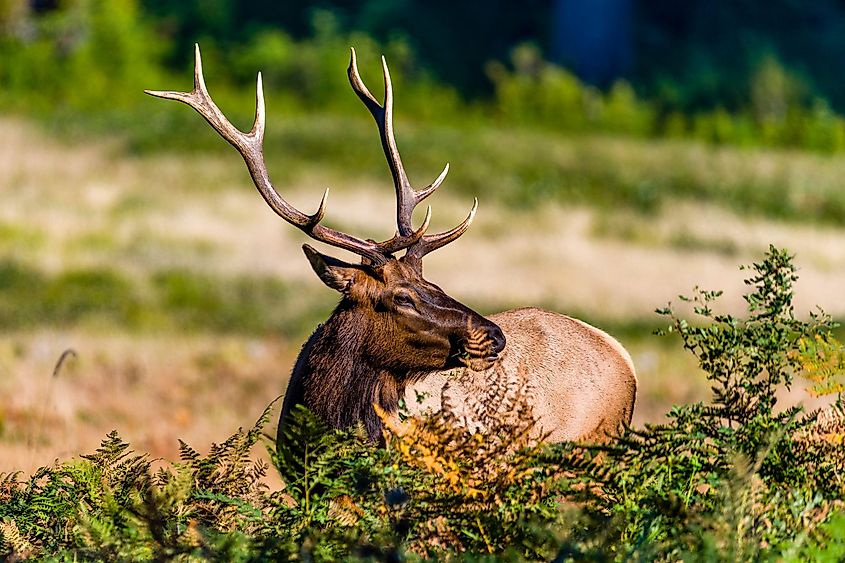
It is estimated that the Redwood National and State Parks protect about 157.75 km2 of old-growth forest. Coastal redwood trees are famous worldwide for being the tallest, oldest plant species on the entire planet. Located in the Jedediah Smith Redwoods State Park is Lost Monarch, a coast redwood tree considered to be the fifth-largest coast redwood tree in terms of volume. Some other significant floral species that are found in the Redwood National and State Parks include coast Douglas-fir, Sitka spruce, evergreen hardwood tanoak, acorns, California laurel, red alder, bigleaf maple, and Pacific madrone. The walls of the Fern Canyon in the Prairie Creek Redwoods State Park are covered by ferns. Flowering shrubs like azalea and California rhododendron are also found in the Redwood National and State Parks.
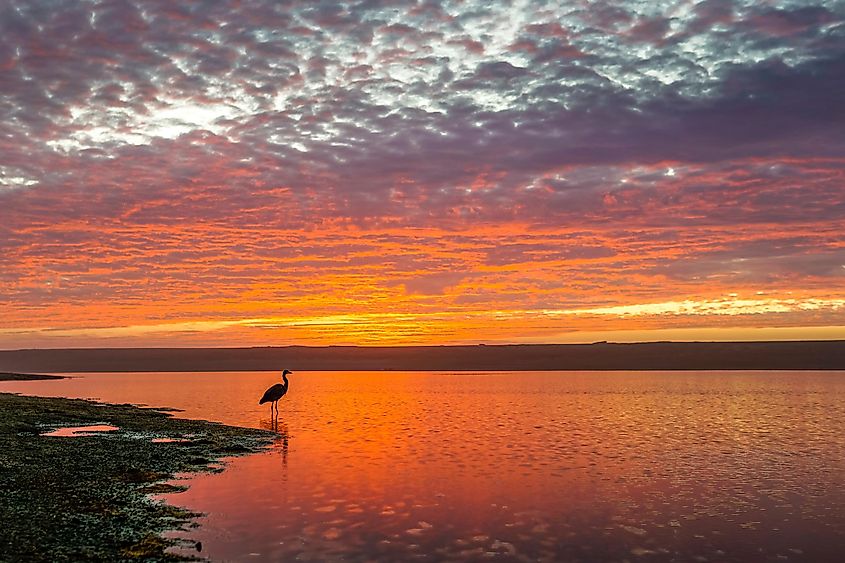
The Redwood National and State Parks hosts several ecosystems that support numerous rare faunal species. Some of the endangered species that are found in the park include the tidewater goby, Chinook salmon, Steller’s sea lion, bald eagle, and the northern spotted owl. About 40 species of mammals are estimated to live in the Redwood National and State Parks. These include the black bear, bobcat, river otter, black-tailed deer, mountain lion, Roosevelt elk, northern flying squirrel, and big brown bat. Several aquatic mammals like harbor seals, California sea lions, dolphins, and Pacific gray whales are occasionally found along the coast. Numerous species of birds like the brown pelican, sandpiper, double-crested cormorant, Steller’s jay, great blue heron, and red-shouldered hawk have been recorded in the Redwood National and State Parks. Reptilian species like the northwestern ringneck snake and amphibians like the Pacific giant salamander, rough-skinned newt, northern red-legged frog are commonly found in the Redwood National and State Parks.
In addition to these, more than 200 exotic species are found in the Redwood National and State Parks, of which 30 are invasive species and pose a direct threat to the native species and the ecosystems of the parks.
Brief History
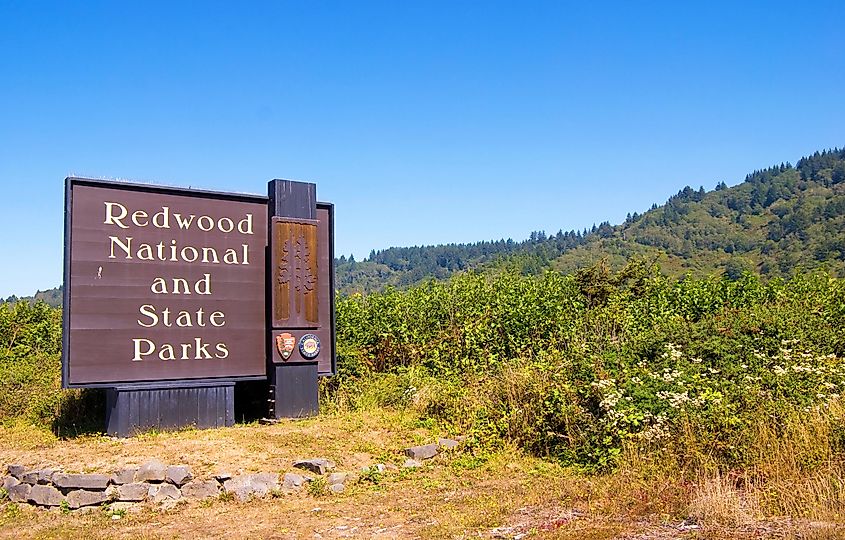
Archaeological studies have revealed that some Indigenous groups inhabited the area as of about 3,000 years ago. A census conducted in 1852 showed that the Indigenous Yurok people were the most numerous and they used the available redwood trees for building their plank houses, boats, and small villages. The central part of the Redwood Creek valley was occupied by the Chilula group until the early 1860s. The discovery of gold along the Trinity River of northwestern California brought several gold seekers and wood harvesters into the area which eventually led to the complete eviction of the Indigenous peoples. This also led to the beginning of unrestricted commercial logging in the area, and the redwood trees conveniently provided the huge number of woods that were required by these people. It is believed that originally over 8,100 km2 of the area was covered by the old-growth redwood forests. But due to excessive logging, huge stands of redwoods started to disappear by the beginning of the 19th century.
By 1910, some concerned citizens and conservationists began to insist on the protection of the dwindling numbers of redwood trees. The Boone and Crockett Club started to demand the preservation of the redwood trees and in 1918, the members of this club founded the “Save the Redwoods League.” The league succeeded in establishing the Jedediah Smith Redwoods, Prairie Creek Redwoods, and Del Norte Coast Redwoods State Parks, under the California State Park System in 1927. On October 2, 1968, the Redwood National Park was established by an Act of the Congress that was signed by US President Lyndon B. Johnson. The Redwood National and State Parks were then designated as a World Heritage Site by the United Nations on September 5, 1980. The Redwood National and State Parks are under the joint management of the California Department of Parks and Recreation and the National Park Service.
